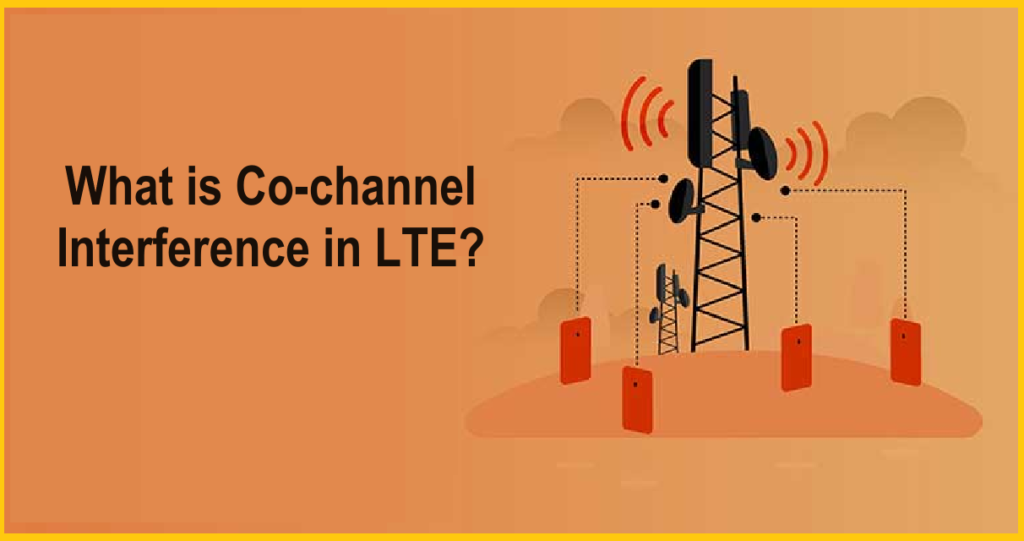Co-channel interference (CCI) occurs when multiple LTE cells or sectors use the same frequency channel. This type of interference is a significant issue in LTE networks, where spectrum efficiency is crucial, and frequency reuse is often used to maximize capacity.

Methods to Reduce Co-channel Interference.
Managing co-channel interference from all other sites/sectors improves system performance and capacity. Interference studies are used to analyze areas that have significant co-channel interference problems. Interference studies are reviewed further to determine which sites/sectors are associated with the interference problems (i.e. determining which sites/sectors may be providing too much interference into an area or sites/sectors which are not providing adequate coverage to overcome the interference from surrounding sites/sectors).
There are three primary methods that can be used to reduce the co-channel interference in an area. The goal of these methods is to either increase the signal strength from the best serving site/sector, decrease the signal strength from the interfering site(s)/sector(s), or a combination of both. Several methods to minimize interference are as follows:
- Utilizing down tilting of base station antennas to reduce the amount of coverage overlap with adjacent sites and sectors. This will reduce the amount of covered area experiencing lowered CINR.
- Using a 1x3x3 resource block group reuse sub-pattern to reduce the incidence of co-channel interference along site boundaries when the system is lightly loaded.
- Selecting a different site deployment layout to better align with the 1x3x1 site placement reuse pattern.
Causes of Co-channel Interference
- Frequency Reuse: In LTE networks, the same frequency channels are reused in different cells to optimize the use of available spectrum. This reuse can lead to interference when the same frequency is used by neighboring cells.
- Dense Network Deployment: In urban areas with high user density, cells are often placed closer together to provide adequate coverage and capacity. This close proximity increases the likelihood of co-channel interference.
- Sectorization: A single base station can have multiple sectors, each using the same frequency channel. Interference can occur between these sectors if they are not adequately isolated.
Effects of Co-channel Interference
- Reduced Signal Quality: CCI degrades the signal-to-noise ratio (SNR), leading to poorer signal quality and increased error rates.
- Decreased Throughput: With higher interference levels, the network may need to lower the modulation and coding schemes, resulting in reduced data throughput.
- Increased Latency: Retransmissions caused by errors due to interference can increase the latency of data transmission.
- Dropped Calls and Connection Failures: Severe co-channel interference can lead to dropped calls and failed connection attempts, affecting user experience.
Conclusion
Co-channel interference is a critical challenge in LTE networks that can significantly impact network performance and user experience. Effective interference management strategies to mitigate CCI and ensure optimal network operation.